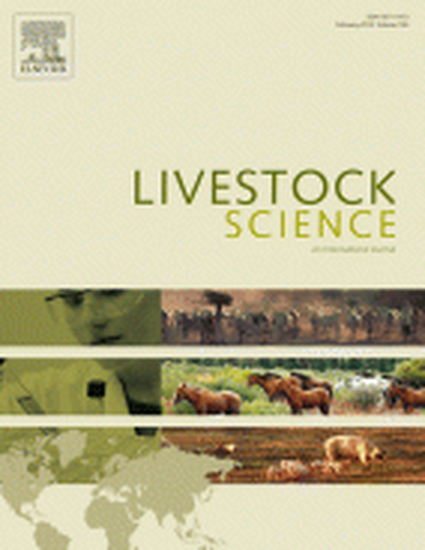
Article
Prevalence and molecular analyses of Campylobacter jejuni and Salmonella spp. in co-grazing small ruminants and wild-living birds
Livestock Science
(2014)
Abstract
A total of 689 co-grazing small ruminants along with 446 wild-living birds were tested during two springs and autumns (2007–2009) under two management systems at two Mid-Atlantic locations (~187 km in aerial distance) of the U.S. Fecal shedding of Campylobacter jejuni and Salmonella spp. were, respectively, detected in 9.3% and 3.5% of small ruminants and in 7.4% and 0.2% of wild-living birds. Sheep had a significantly higher prevalence of C. jejuni and Salmonella than goats, but there were no differences due to season, location, or management. Pulsed field gel electrophoresis (PFGE) of isolated strains revealed geographic specificity and genomic diversity of both pathogens from small ruminants. However, C. jejuni strains with indistinguishable PFGE profiles were isolated from one Rock Dove and two European Starlings caught at separate locations. Matching C. jejuni or Salmonella strain profiles were not found between small ruminants and wild-living birds. This study found that sheep pose a greater risk than goats in C. jejuni and Salmonella contamination at co-grazing small ruminant farms. Wild-living birds also are potential carriers of C. jejuni and Salmonella although no evidence of cross-contamination with small ruminants was established.
Disciplines
Publication Date
February, 2014
DOI
https://doi.org/10.1016/j.livsci.2013.11.020
Citation Information
S. Pao, B. E. Hagens, C. Kim, S. Wildeus, et al.. "Prevalence and molecular analyses of Campylobacter jejuni and Salmonella spp. in co-grazing small ruminants and wild-living birds" Livestock Science Vol. 160 (2014) p. 163 - 171 Available at: http://works.bepress.com/bryan-watts/301/
